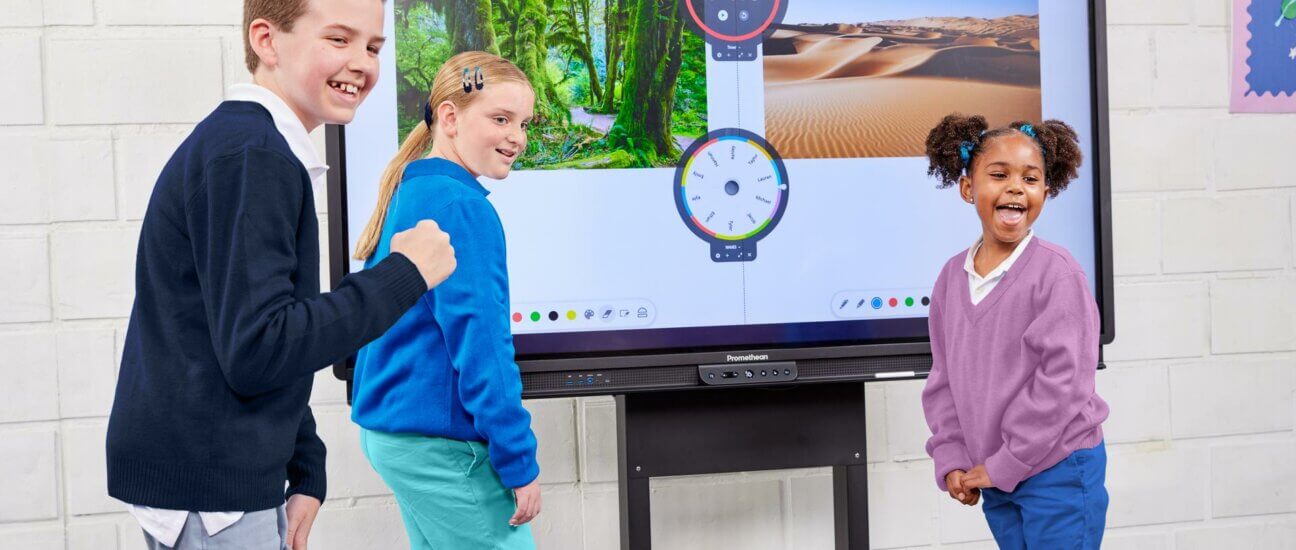The increasingly popular flipped learning model has been the focal point of this mini-series, and as all good things come in threes, this final instalment will explore different methods of applying flipped learning.
There is more than just one way to flip the classroom, and the aim of any classroom model is to customize teaching to meet the differing needs and requirements of each student to ensure the best results both academically and personally.
If you would like some more context on flipped learning, we’d recommend backtracking to the first and second blog in this mini-series, where we’ve given an overview of flipped learning and suggested some of the top tools to get the most out of this inventive approach. But if you’re already caught up, keep reading for some of the different models which can be used in a flipped classroom…
‘Full’ Flipped Learning
This is the classic flipped learning method whereby learners are asked to go through instructional videos and other required study material at home before the accompanying class. Teachers can do this by utilising the tools suggested in the previous article, such as Screen Recorder and Edpuzzle, to record instructional and engaging videos and upload them onto interactive platforms to monitor students’ progress. Class time is then reserved for practising concepts studied at home to improve the students’ understanding using different techniques, like one-to-one interaction with the teacher and open discussions with other students.
‘Partial’ Flipped Learning
The partial flipped learning model comprises of a mixture of online instruction and classroom interaction. Students are provided cubicles for online instruction while others can engage in open classroom discussion. Teachers can then effectively use classrooms of different sizes for small-group lessons, group activities, doubt clearing, individual advising or general tutoring, depending on the students’ needs. This can be especially helpful for larger classrooms or classrooms of mixed abilities where learning can be customised to suit pupils’ progress on a topic or assessment.
Group-Based Flipped Classroom
The group-based model focuses on group learning following independent study. After the students have studied the material provided, they collectively work together on assignments during classroom time. This way, by explaining concepts to each other, they can learn and improve their knowledge retention and gain a better understanding of topics all while developing their teamwork and social skills.
Role-Reversal (Flipping the Teacher)
The role reversal concept is where rather than teachers taking responsibility for information dissemination, the students fill the role. Students are asked to absorb learning material at home and then create videos or other presentations to demonstrate their understanding. While allowances may need to be made against other homework commitments to ensure that students are not being asked to do much at home, this method comes with its advantages. Not only can the teacher assess their progress in the subject through the material created, but it can also be used as a reference point in future classes. Teachers will just have to be mindful of the information being presented so they can highlight any inaccuracies and ensure that the ‘lessons’ are sufficient to support topical understanding.
Flipped learning is all about sensible experimentation and customization, the creative model not only supports independence and flexibility in the classroom but allows personalised attention and teacher feedback. Considering this, combined with the tools suggested in the previous blog, these methods lay sturdy foundations for trialling flipped learning in the classroom. While this is the last instalment for this mini-series, there are many resources available to inspire alternative approaches to pedagogy, check out our other articles for more.

